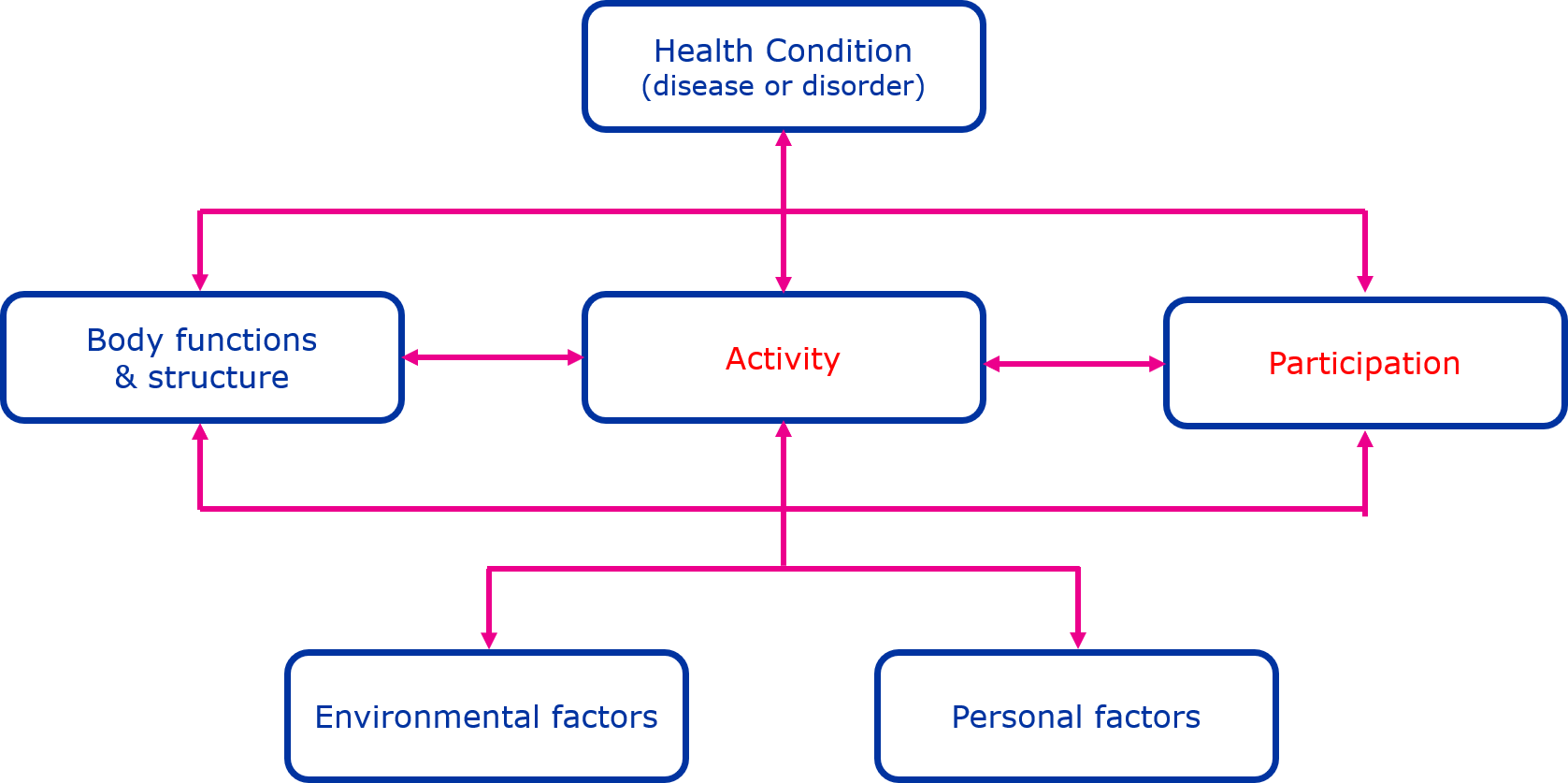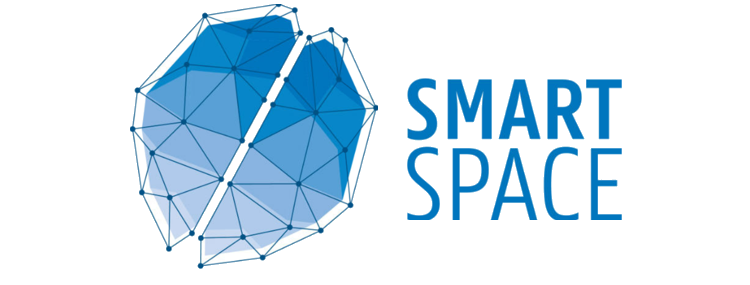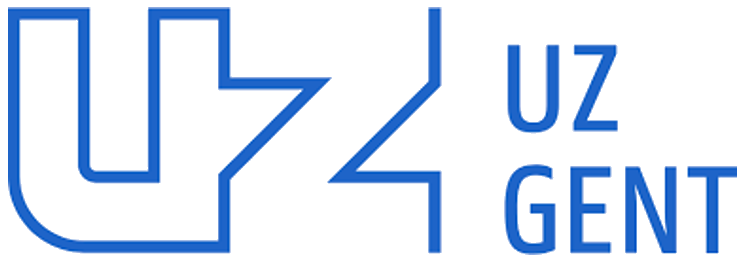Research
For the first version of the assessement tool, we focus on Unilateral spatial neglect (USN), which is characterized by inattention to or inaction in the side of space opposite a brain lesion and affects 23-46% of stroke survivors. The effect of USN is often multimodal and requires skilled clinical staff to diagnose and treat. Currently, USN is assessed through paper-and-pencil tests that lack ecological validity and ignore the effects on activities of daily life. Current mobile head-mounted displays (HMD) in combination with eye tracking have become promising in evaluation and training.
The aim is to develop a novel immersive occupational therapy (OT) assessment tool for patients with USN. This tool has to be mobile and low cost in order to have a broad range of assessment possibilities in any service.
Currently the tool has tasks that assess at functional, activity and participation levels based on the IOF characterization. Further research will assess both feasibility and validity of the assessments.
Usecases
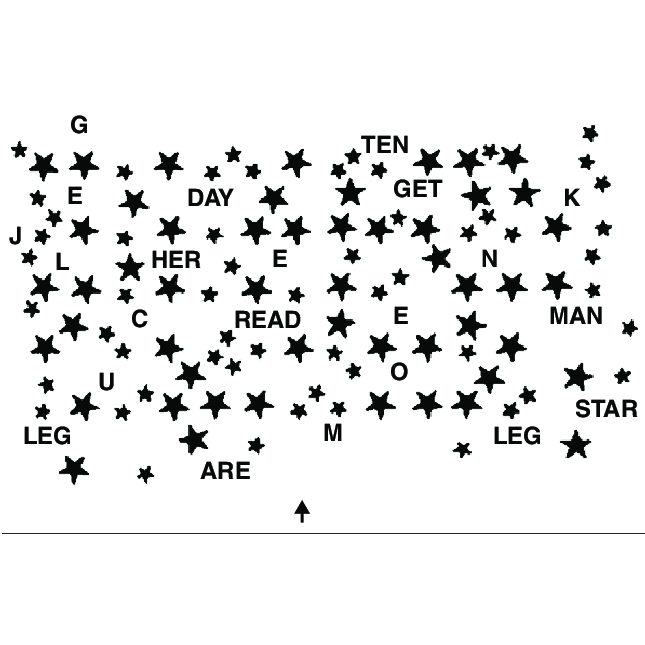
The star cancellation task for the assessment of hemispatial neglect.
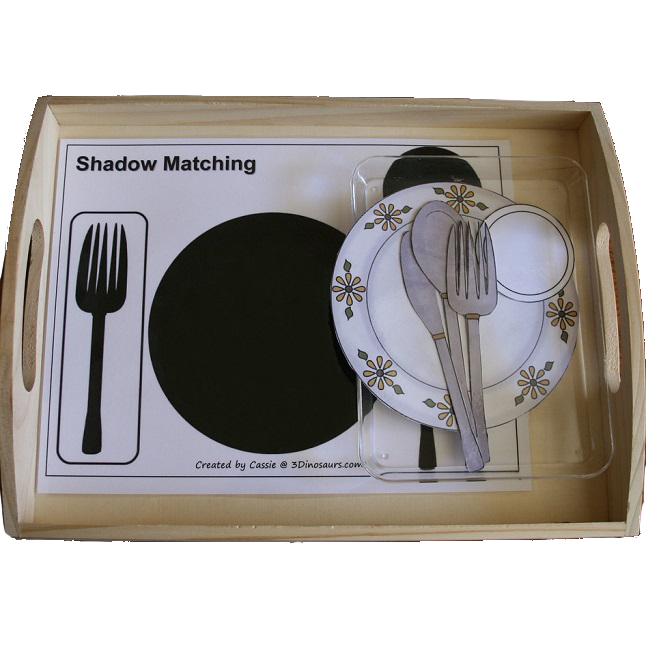
Simple functional tasks e.g. setting a tray.
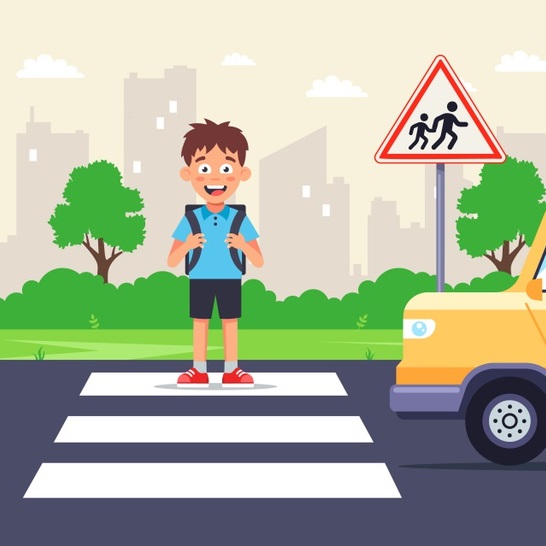
Participation in daily activities e.g. crossing a street.
Means
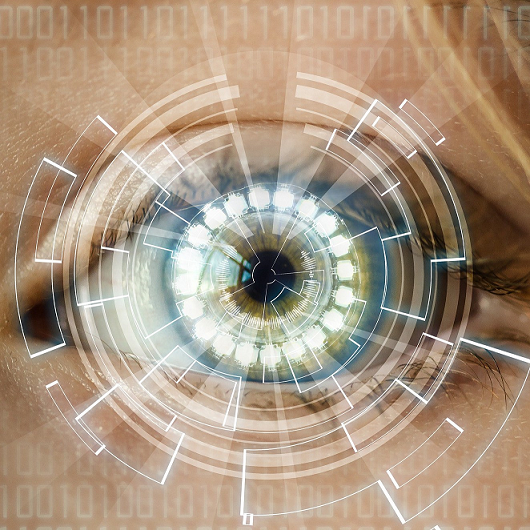
Biometrics, such as eye-gaze.
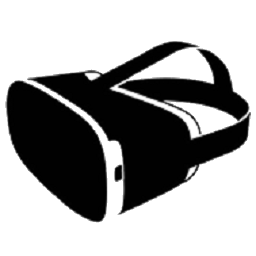
Virtual reality
head mounted displays
Data analytics
Usecase #1: The star cancellation task
It is a known analytical test in VR, the star cancellation task (VR Star). Eye tracking was added in order to gather extra biometric data and insights. We expect that VR Star will provide multimodal, uniform and more objective data and become more motivating, sensitive and user-centered than existing tools.
Usecase #2: The tray setting task
The tray setting task is a classic task used by occopational therapists to assess USN. Patients with neglect often ommit the objects on one side of the tray, making for an objective assessment based on their object placement scores.
Usecase #3: The road-crossing task
The road-crossing task is a participation task aimed to assess that a patient is capable to walk independently and safely in the streets, by checking if they observe all potential hazards coming from right or left. Attention to traffic lights, vehicles and pedestrians is measured.
Video: The SIOPA application with 3 tasks
